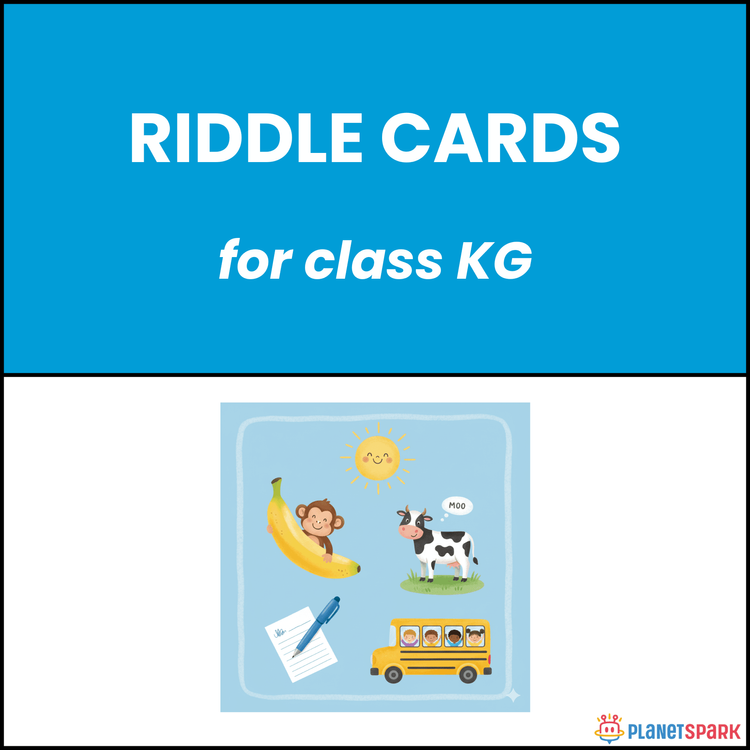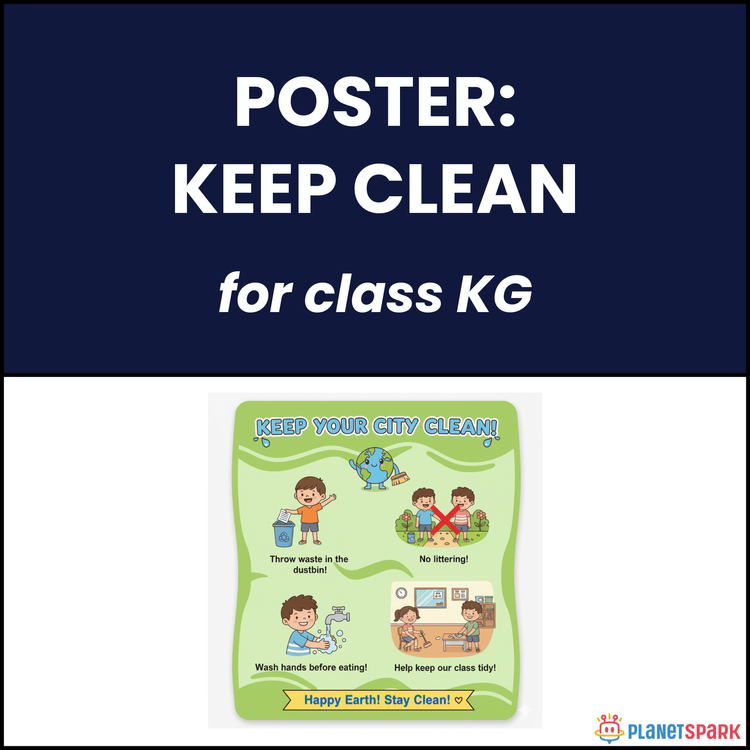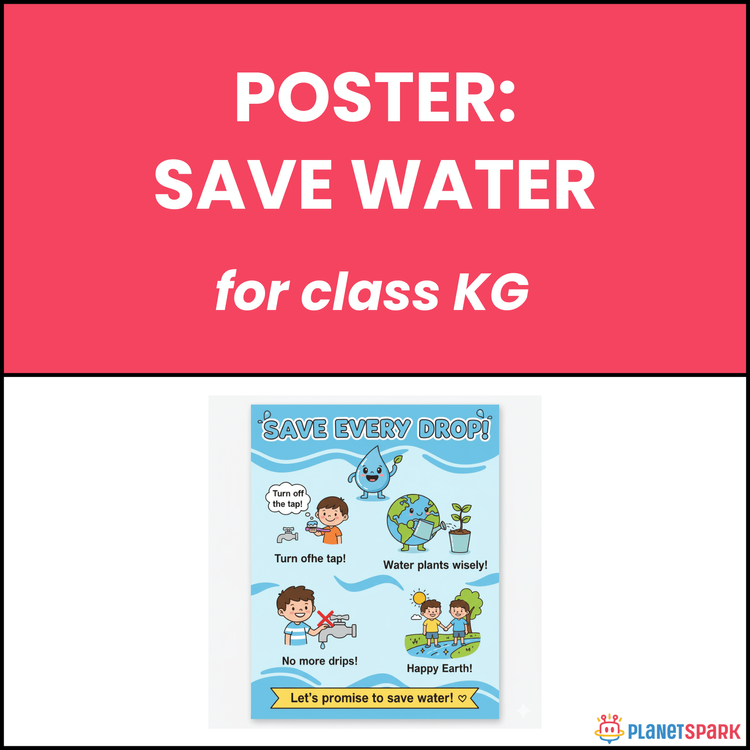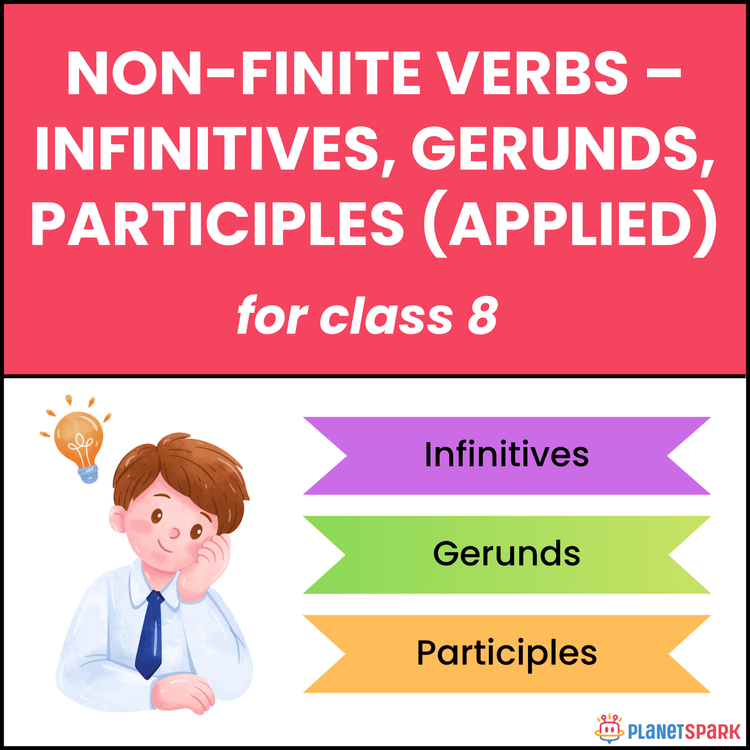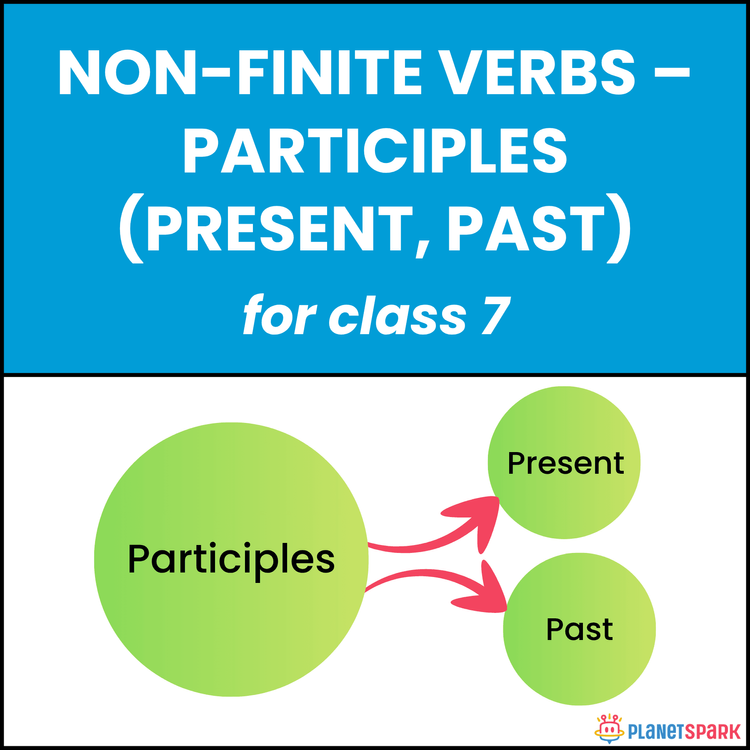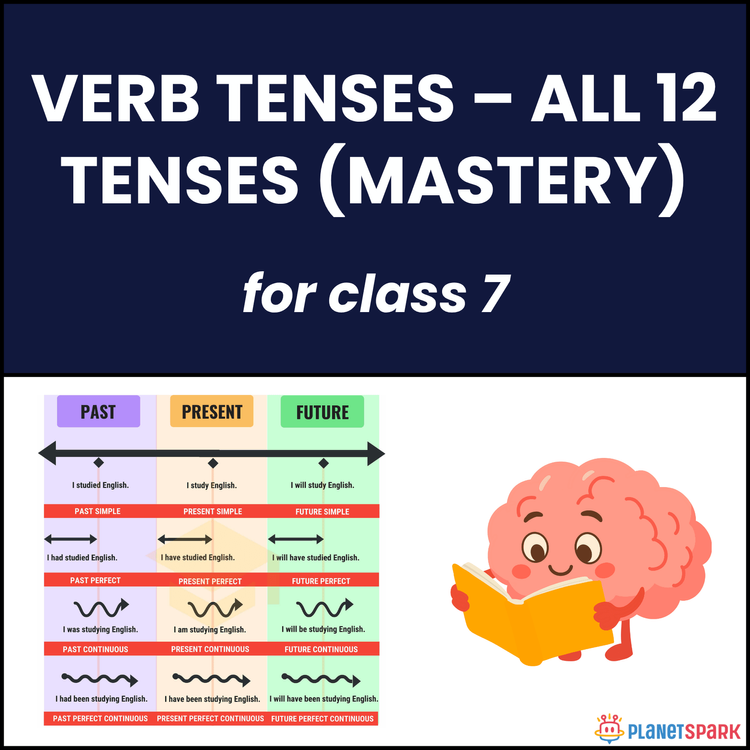Class KG Classroom Rules Activity
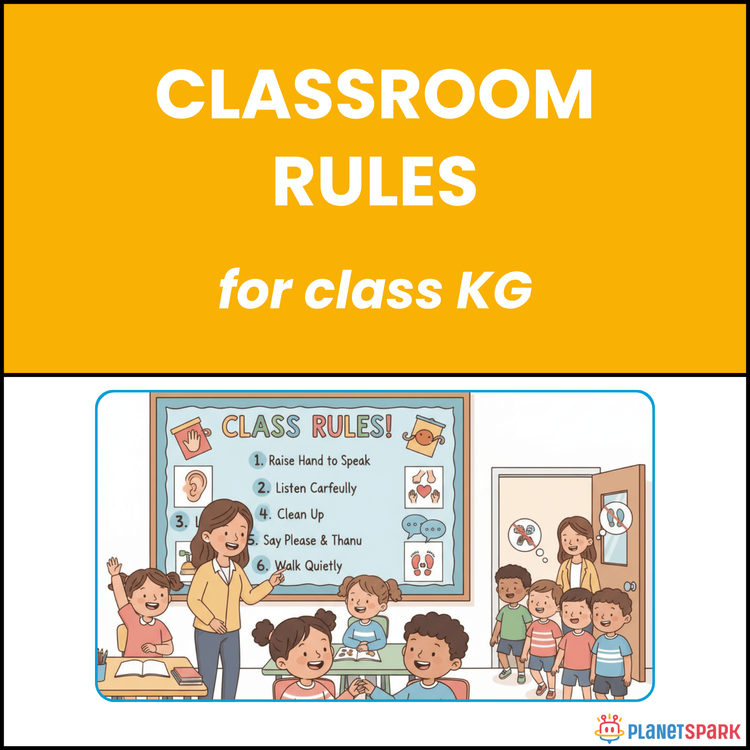

Class KG Classroom Rules Activity
Happy Learning: Reading Passage “Classroom Rules” for Class KG
This Kindergarten worksheet introduces a cheerful classroom rules passage that helps children understand good behavior and manners in school. The passage explains how students raise hands before speaking, listen carefully to the teacher, share crayons and toys, keep desks neat, say “please” and “thank you,” and walk quietly in a line. It shows how following rules keeps the class happy and helps everyone learn together.
Why Reading Passages Matter in Grammar?
Reading passages help children:
1. Recognize polite and respectful classroom behavior.
2. Understand sequencing in short, factual sentences.
3. Build vocabulary around school, sharing, and manners.
4. Learn the importance of listening and cooperation.
What’s Inside This Worksheet?
This worksheet includes one values-based passage and 10 comprehension questions:
🧠 Reading Passage
A gentle reminder of classroom manners — listening, sharing, cleaning up, and walking quietly to create a happy learning space.
✏️ Exercise – Multiple Choice Questions
Students answer what they should do before speaking, how to walk in class, what to keep clean, and why rules matter.
✅ Answer Key (For Parents & Educators)
1. C
2. A
3. D
4. B
5. C
6. A
7. D
8. C
9. A
10. B
Turn classroom values into reading fun — this KG passage builds kindness, listening skills, and teamwork from the first day of school!
Frequently Asked Questions
It teaches children about good behaviour and responsibility through simple English.
Listening, understanding instructions, and vocabulary building.
They combine moral learning with early language practice.

